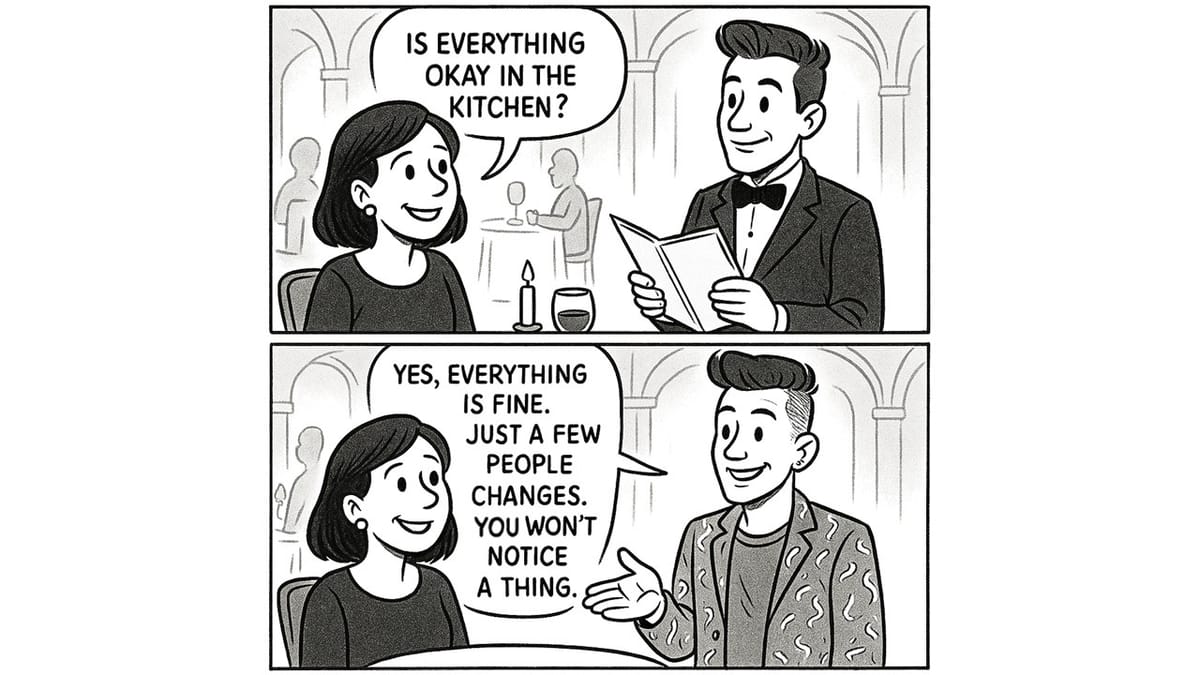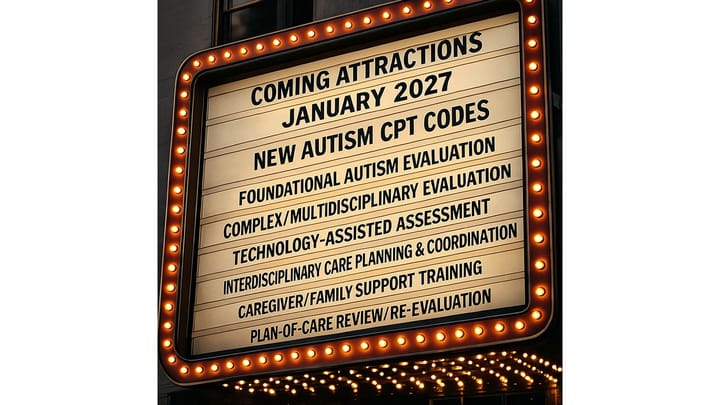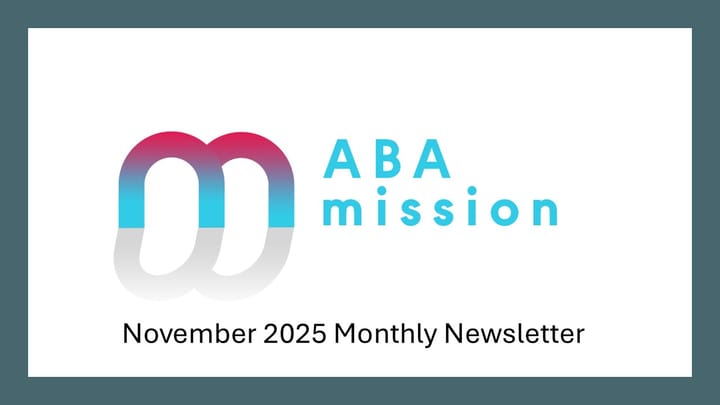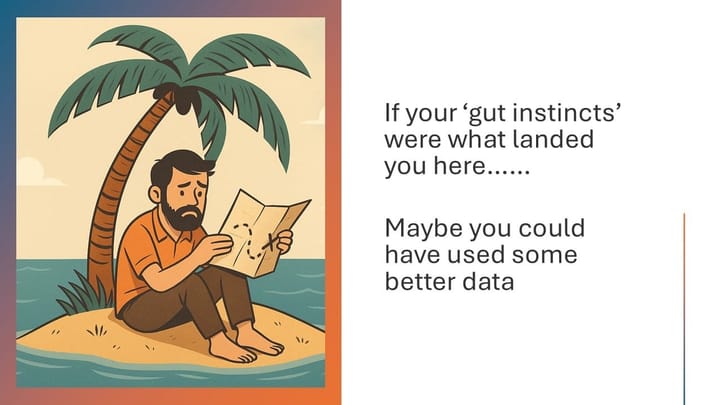CentralReach Leadership: Some changes in the Kitchen

At a restaurant, when a diner asks the maître d’ if everything is okay in the kitchen, the usual answer is a confident “Yes, everything is fine.” Customers expect continuity, even when things shift behind the scenes.
That’s the image that comes to mind following this year’s CR Unite conference, where three senior CentralReach leaders were confirmed to be moving on:
- Drew Hamilton (Chief Revenue Officer)
- Karen Bucks (Chief Marketing Officer)
- Cheryl Michael (Chief Product Officer)
Their departures come just months after Roper Technologies completed its acquisition of CentralReach and at a time when customers, competitors, and partners are looking for clarity about the company’s next phase.
Why This Matters
CentralReach has long carried a “love-it-or-hate-it” reputation in ABA. That dynamic is exactly why Drew Hamilton and Karen Bucks stood out: both were broadly respected and helped bridge gaps with a community that often viewed CR with some hesitation. Cheryl Michael, meanwhile, provided steady product leadership through a period of rapid expansion and multiple acquisitions.
Together, they brought cohesion to a complex organization. Their exits inevitably change that dynamic — not necessarily in a disruptive way, but in a way that leaves some open questions about focus and direction.
Observations from CR Unite
CEO Chris Sullens acknowledged Cheryl Michael’s departure during his keynote and introduced Peter Boumenot, whose background includes product and data leadership roles at Kyruus Health, b.well Connected Health, and Signify Health. Sullens also emphasized that Roper has not interfered with CentralReach’s operations, reiterating the company’s independence within the portfolio.
Operationally, the event ran smoothly. Sessions started on time, logistics were well-managed, and attendees generally described the experience as positive. The conference struck a measured tone — reflecting both Sullens’ even delivery and the lack of sales and marketing leadership on the stage.
The content focused on analytics through Advanced Business Intelligence (ABI), improvements in CR Mobile, and an impressive set of new AI features in claims and notes.
Those offerings drew genuine enthusiasm, but larger customers looking for deeper integration, clearer API guidance, partner (e.g. Viventium, Apploi, LeadSquared) positioning or data-warehouse strategy in conference sessions likely found fewer takeaways.
Their limited presence at the event reinforced the sense that CR Unite’s content, intentionally or not, skewed toward the middle of the customer base, leaving some uncertainty about how CentralReach plans to serve its largest clients in the next phase.
Post-Acquisition Context
Leadership turnover following an acquisition is not unusual. Roper’s decentralized model typically leaves portfolio companies to chart their own path, emphasizing accountability and steady growth over integration.
For CentralReach, the next challenge may be less about maintaining operations — which appear stable — and more about re-establishing narrative alignment between its evolving leadership team, product priorities, and customer segments.
What It Means Depending on Where You Sit
- For Customers and Partners: Day-to-day continuity remains solid, and product execution seems unaffected. Still, the event’s content leaned toward smaller and mid-sized practices, leaving enterprise providers with fewer signals about CentralReach’s long-term data and integration roadmap.
- For Competitors: Many challengers have built their message around mixed feelings toward CR. The calm execution of CR Unite suggests the company remains organized, even if its outward focus felt less defined.
- For Investors: Most investors fall into two camps — those backing providers that rely on CentralReach and those funding platform competitors working to displace it. For both, CR Unite showed operational steadiness, AI/Mobile improvements and only subtle hints about CR's future role in large providers' ABA tech stacks.
Preparing for Vendor Change
Even in stable times, it’s worth remembering that vendor landscapes are fluid — especially in healthcare technology, where leadership shifts, acquisitions, and product pivots are part of the cycle.
Whether these transitions mark a new strategic chapter or routine evolution, it’s always best for providers and investors to plan as if change will occur. The most resilient organizations are those that treat vendor continuity as something to manage, not assume.
Even the most stable vendor relationships benefit from a continuity plan.
That means:
- Diversifying relationships across multiple leaders and points of contact.
- Building flexibility into workflows, so roadmap or leadership changes don’t cascade into operational risk.
- Tracking market signals to anticipate shifts early — including leadership transitions, product realignments, and integration priorities.
Succession planning isn’t only a vendor issue; it’s a necessary discipline for every growing ABA organization. Leadership depth, system flexibility, and knowledge transfer are as critical to long-term success as technology roadmaps and reimbursement strategy.
Closing Thoughts
Leadership transitions don’t necessarily signal weakness — but they do shift how a company’s focus is perceived. CR Unite 2025 reflected a steady organization finding its narrative footing after several key departures.
Event execution was solid. The next test will be cohesion — aligning message, market segments, and momentum under a reshaped leadership team.
Like a restaurant where the staff changes mid-course, it’s natural for diners to notice who’s now in the kitchen.
Want more insights on tech, ops and data? Subscribe here



